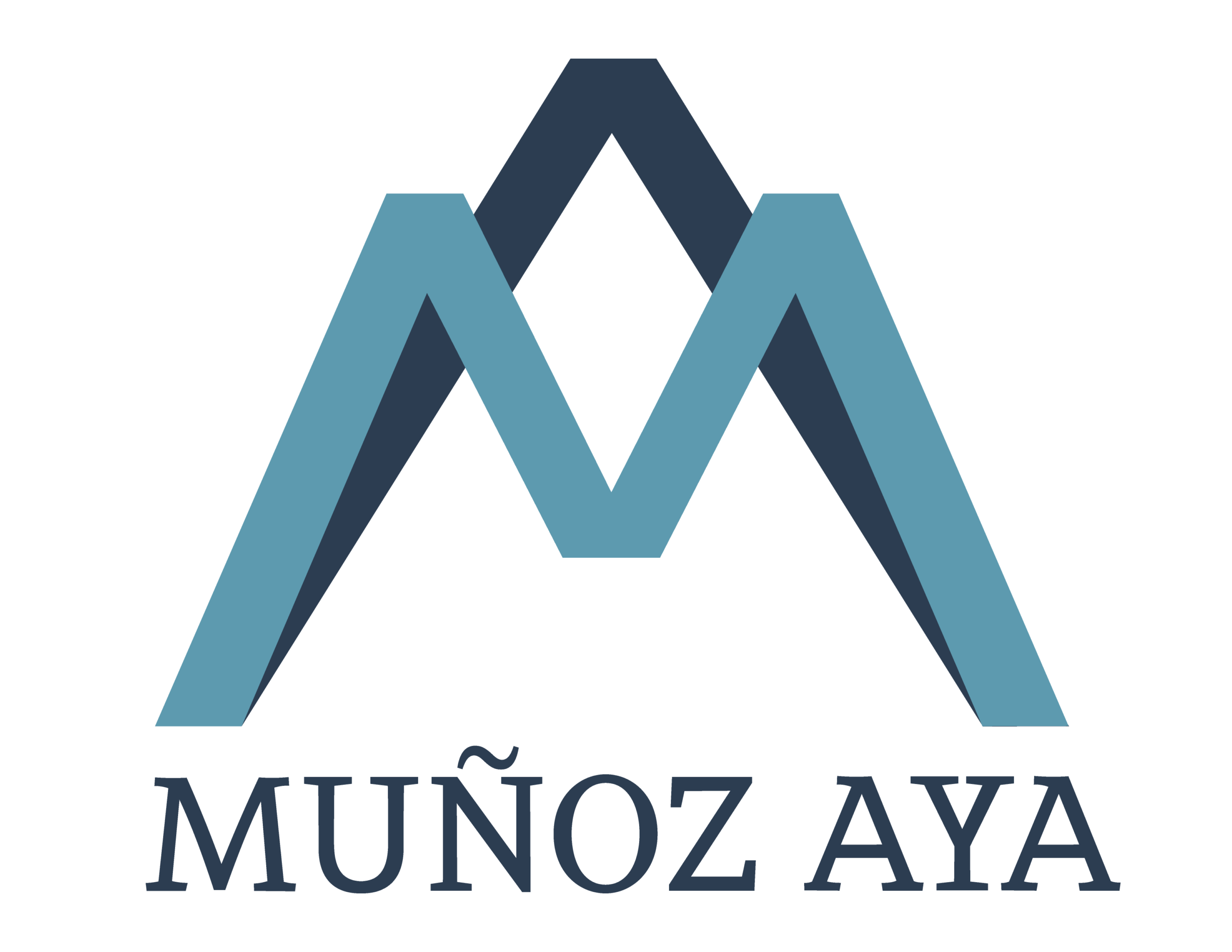THE BANCO DE LA REPUBLICA'S IMMEDIATE PAYMENT SYSTEM (SPI) PROPOSAL.
By: Néstor Antonio Pupo Russo
This document develops what was discussed at the Colombian Payment Systems Forum held on December 6, 2022, and organized by Banco de la República. This paper will be divided into the following points: (i) context; (ii) architecture of the Immediate Payment System proposed by Banco de la República; and (iii) conclusion.
i. Context
Banco de la República has been working jointly with the Ministry of Finance, the Financial Superintendency of Colombia and various private actors in the financial sector to propose the creation of an Immediate Payment System (hereinafter "SPI").SPI") for the unification of all the private payment systems existing in the national territory. As a result of this, the idea of implementing a uniform, interoperable and centralized transaction system to facilitate the flow of financial information and interaction with financial consumers has been proposed through various roundtables.
Thus, the main purpose of this proposal is to provide universal access to the various actors in the financial market that are currently in informality, level the competition of financial market actors and encourage the acceptance and use of digital payments and financial instruments. By implementing a universal SPI, it also seeks to encourage the formalization of financial system actors that carry out cash transactions and maintain informality.
Thus, based on the principles of broad access, immediacy, cost efficiency, interoperability, innovation, security and innovation, and based on what has been implemented in other countries such as Australia, India, Brazil, the Philippines, Jordan and Peru, the architecture of an SPI has been proposed to begin to be implemented in Colombia.
1. Architecture of the Immediate Payment System proposed by Banco de la República.
Banco de la República has identified the most desirable characteristics of an IPS for the country. For this purpose, it has divided it into 4 specific points that break down the structure of the SPI to be implemented: (i) Operating Model; (ii) Board of Directors; (iii) Clearing and Settlement; and (iv) Technical Requirements.
Operating Model
For the Operating Model, Banco de la República has proposed the creation of a Clearing House, which will be universally accessible and fully interoperable. This Clearing House will have a specific brand to facilitate identification by consumers and will use QR codes for all means of payment. In addition, standard parameters on user verification, error and fraud reversal and transaction limits will be set by the participants and not by the clearing houses that will manage the SPI. Also, interbank fees for all payments and commissions on person-to-person (or person-to-person "P2P") transactions will be zero pesos.
To ensure full interoperability of the entire SPI, two private Clearing Houses will be used to handle "P2P" transactions, which are transactions between individuals (such as sending money from one's own savings account to another person's account with different banks), and transactions between individuals and businesses or "P2C" transactions, which are transactions between individuals and legal entities or businesses (such as payments between suppliers with different banks). transactions, which are transactions between individuals and legal entities or businesses (such as payments between suppliers that have different banks).
3. Directory
The SPI will have a Centralized Clearing House Directory that will contain all the information of financial consumers and the corporation to which they are linked. In addition, given that most financial consumers frequently change the aliases they have in their financial products, as this information is given from cellular numbers where most are prepaid, the directory will have a multi-alias management to counteract this situation.
The information to be contained in the central directory, according to the presentation of Banco de la República, should be as follows:
- Multi-alias and type: These are assigned by the actors in the SPI and depending on the type of person they will be assigned.
- Deposit number and type: This information will be a type of filing according to the type of deposit or destination of the resources.
- Client's name.
- Customer identification number and type.
- Participating financial institution.
- Chamber: This information refers to whether it is a transaction between individuals or whether it is a transaction between an individual and a business or legal entity.
In this way, a real-time synchronization network will be created for the confirmation of account status and customer enrollment. All of the above, in accordance with the security standards pre-established by the Superfinanciera and established by the national government through the pertinent decrees and laws.
4. Clearing and Settlement
The payment vaults will operate under a centralized 24/7 real-time gross settlement model, which means payments take less time. The model will work by receiving orders 24/7 and synchronizing orders on business days (7 a.m.-8 p.m.) and non-business days (6 a.m. to 8 p.m.) for continuous operation of camera allocation and communications. This means that, by operating around the clock, payments between system operators will be transmitted more efficiently.
5. Technical Requirements
For the implementation of all the above points, it is necessary to start a joint work between Banco de la República, the Financial Superintendence, the Ministry of Finance and private financial institutions. Thus, Banco de la República will be in charge of implementing the SPI. In addition, a technical round table will be set up comprising the Ministry of Finance, the Financial Regulation Unit, the Financial Superintendency and Banco de la República, in order to promote and legislate the legal framework for the implementation of the SPI. Finally, Banco de la República will agree on a road map for the consolidation of figures and values of the low value payment system market.
6. Conclusion
Banco de la República's proposal is ambitious and seeks to generate facilities for the different actors in the financial market. However, at the time of this writing, there was not yet a specific timetable with a roadmap to determine the exact dates on which all the proposed steps will be taken. It seems to be an interesting proposal that seeks to solve the problem of informality in the financial sector.


